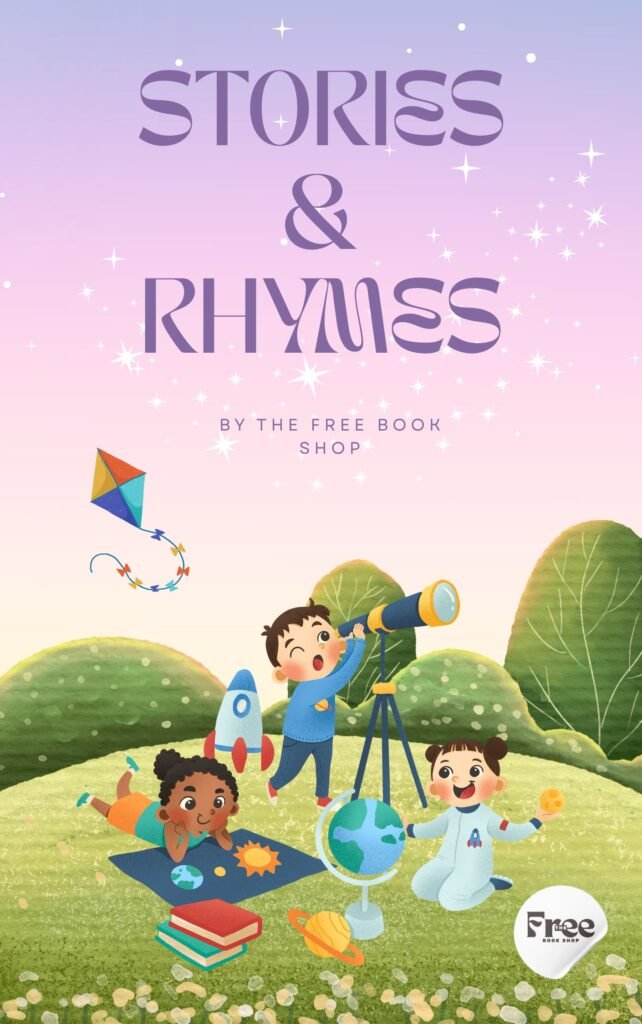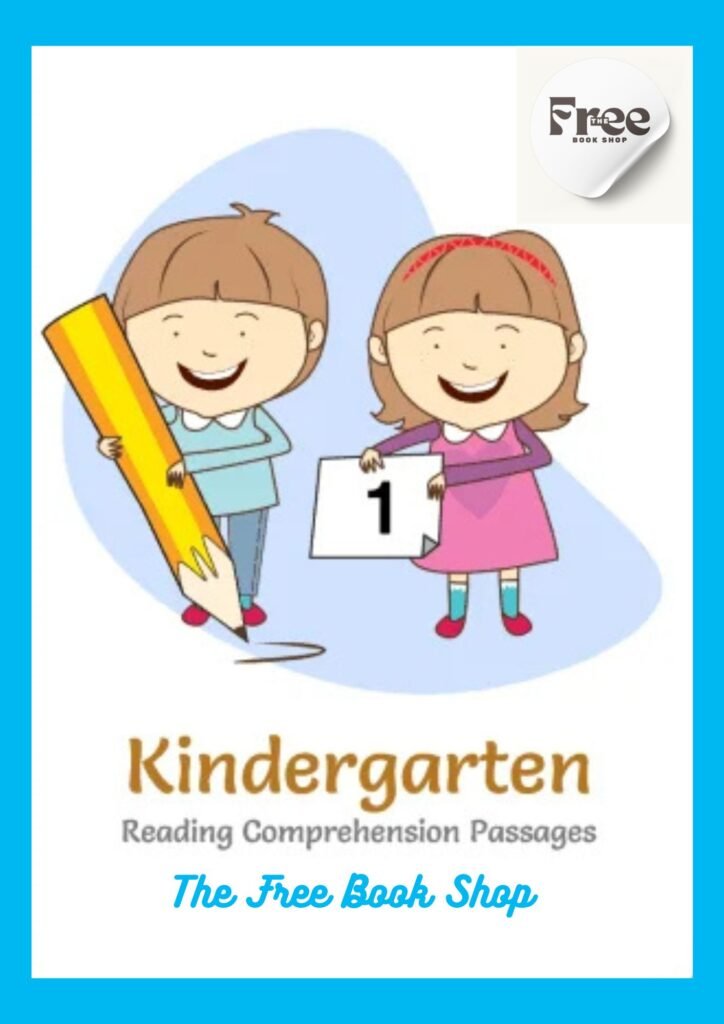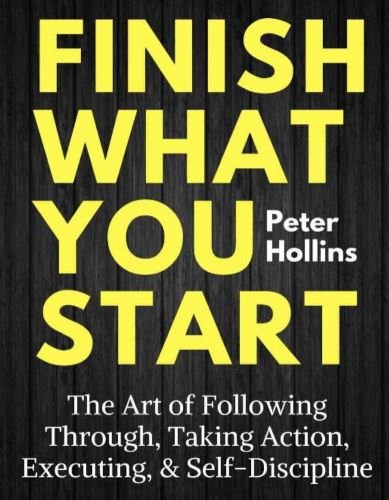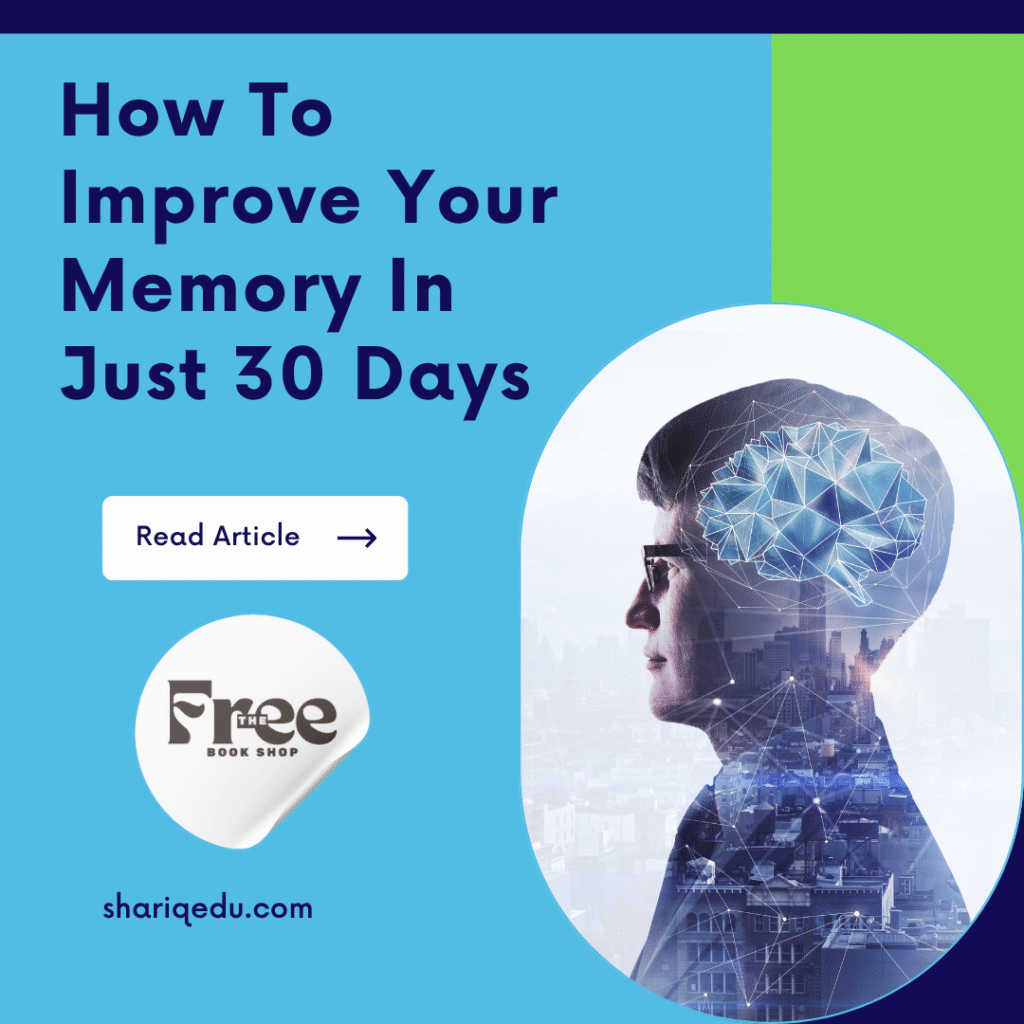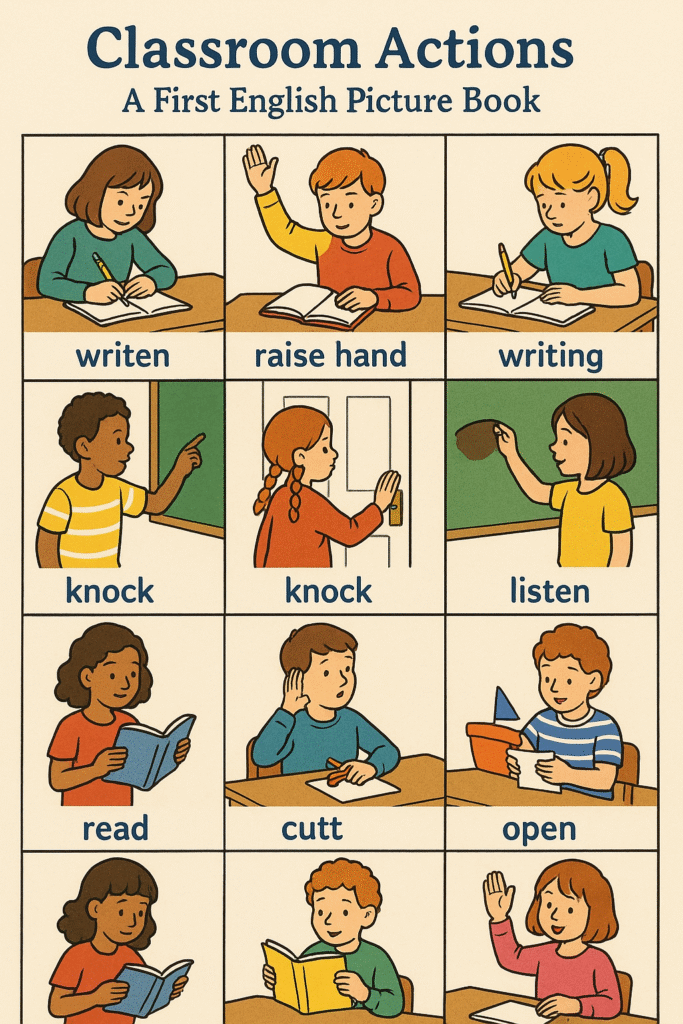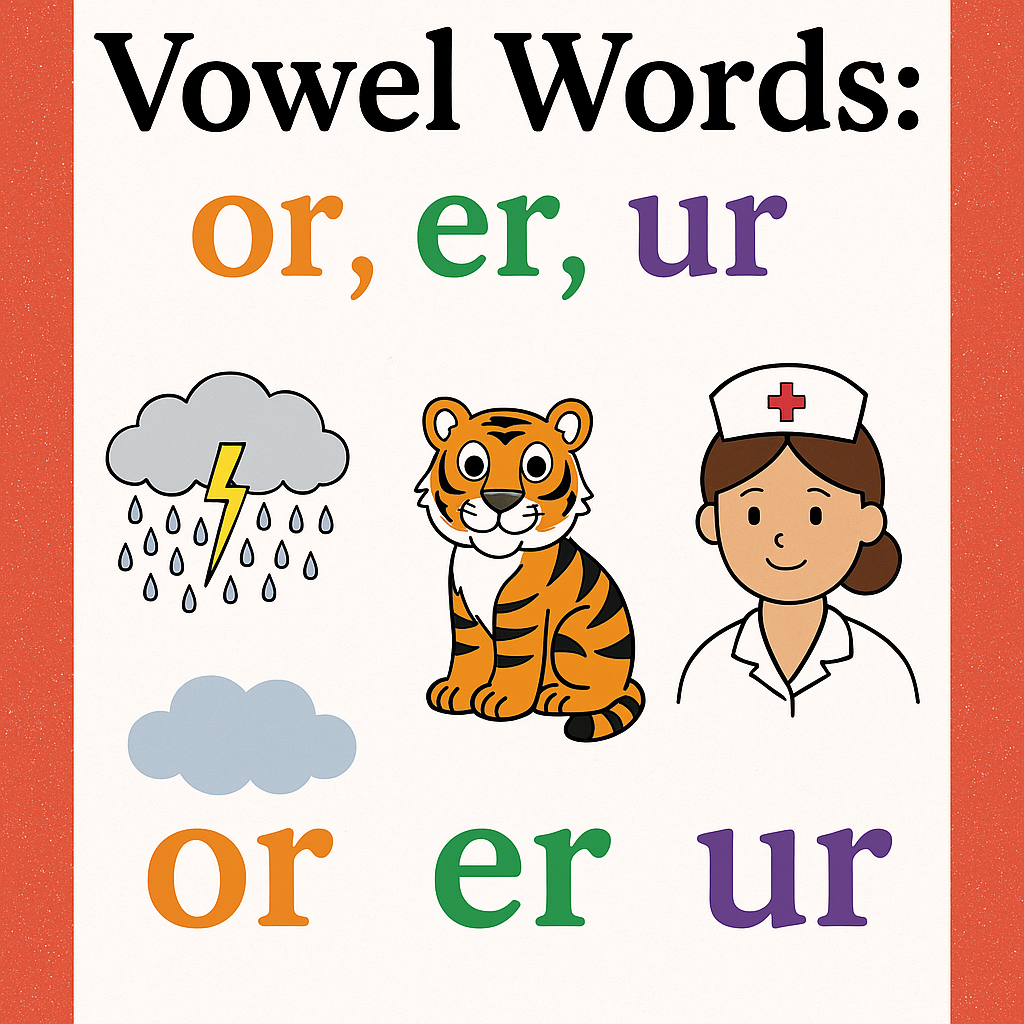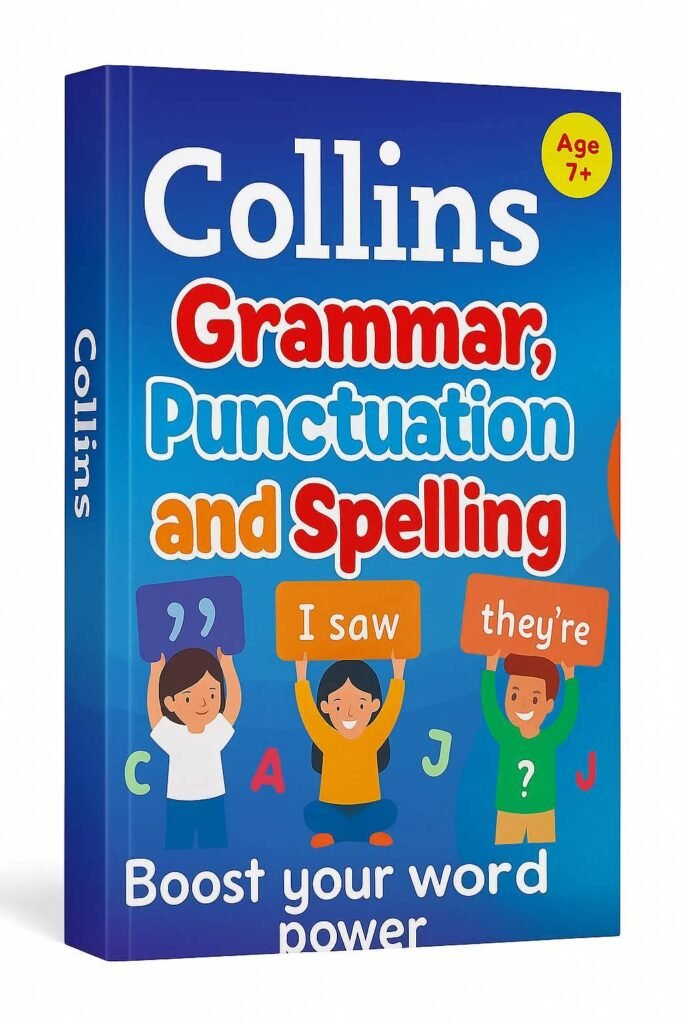Table of Contents
-
📘 Example Overview: Teaching Skills – Trainee’s Book
(Example reference based on books by Norma Shapiro, Jeremy Harmer, or similar titles)
📌 Typical Contents:
-
Understanding the Learner
-
Learning styles, motivation, cultural backgrounds
-
-
Classroom Management
-
Grouping, seating, giving instructions, managing behavior
-
-
Presentation Skills
-
How to present new vocabulary or grammar
-
-
Questioning Techniques
-
Open vs closed questions, elicitation
-
-
Lesson Planning
-
Aims, objectives, stages, timing
-
-
Teaching the Four Skills
-
Reading, writing, listening, speaking
-
-
Error Correction
-
Types of errors and feedback strategies
-
-
Using Teaching Aids
-
Board work, visuals, digital tools
-
-
Assessment and Evaluation
-
Formative vs summative assessment
-
-
Reflective Teaching
-
Journaling, peer observation, professional development
-
-
📘 Teaching Skills: Trainee’s Book
1. Understanding the Learner
-
Learner motivation: intrinsic vs extrinsic
-
Learning styles: visual, auditory, kinesthetic
-
Multiple intelligences (Gardner’s theory)
-
Age and language acquisition
-
Cultural and linguistic backgrounds
-
Learner needs analysis
2. Lesson Planning
-
Components: aims, objectives, stages, materials
-
Timing and transitions
-
Lesson frameworks: PPP, TTT, ESA, Task-based
-
Creating engaging and coherent plans
-
Adapting plans based on student response
3. Classroom Management
-
Establishing rules and routines
-
Seating arrangements and group dynamics
-
Monitoring and managing time
-
Managing disruptive behavior positively
-
Teacher presence and body language
-
Giving clear instructions and checking understanding
4. Teaching the Four Skills
🔹 Reading
-
Skimming, scanning, intensive/extensive reading
-
Pre-reading and post-reading tasks
-
Question types and comprehension
🔹 Writing
-
Controlled vs free writing
-
Organizing paragraphs
-
Writing for different purposes (emails, essays, stories)
🔹 Listening
-
Top-down and bottom-up listening skills
-
Predicting, listening for gist or detail
-
Using audio/video in class
🔹 Speaking
-
Accuracy vs fluency
-
Role-plays, discussions, dialogues
-
Pronunciation, stress, intonation
5. Presenting Language
-
Teaching vocabulary (meaning, form, use, pronunciation)
-
Teaching grammar (rules, patterns, context)
-
Using concept checking questions (CCQs)
-
Contextualizing new language
-
Eliciting rather than explaining
6. Using Teaching Aids and Resources
-
Whiteboard and boardwork skills
-
Flashcards, realia, charts
-
Audio and video materials
-
Digital tools (PowerPoint, online platforms)
-
Coursebooks and adapting materials
7. Questioning and Elicitation Techniques
-
Types of questions: open, closed, display, referential
-
Eliciting prior knowledge
-
Encouraging student-student interaction
-
Wait time and follow-up questions
8. Error Correction and Feedback
-
Types of errors: slips, mistakes, fossilized errors
-
When and how to correct: immediate vs delayed
-
Techniques: recasting, clarification requests, reformulation
-
Peer and self-correction
-
Using praise and encouragement
9. Assessing and Evaluating Students
-
Formative vs summative assessment
-
Diagnostic, placement, and achievement tests
-
Rubrics and marking criteria
-
Giving effective feedback
-
Encouraging learner self-assessment
10. Professional Development & Reflective Practice
-
Reflecting on one’s teaching: journals, recordings
-
Peer observation and feedback
-
Attending workshops and webinars
-
Continuous learning: reading, courses, communities of practice
-
Setting personal teaching goals
11. Inclusive Teaching
-
Differentiation strategies
-
Supporting learners with special educational needs (SEN)
-
Culturally responsive teaching
-
Promoting equity and access in the classroom
12. Teaching in Different Contexts
-
Large classes
-
Mixed-ability groups
-
Online and hybrid teaching environments
-
Teaching young learners vs adults
-
Exam preparation (IELTS, TOEFL, etc.)
🛠 Bonus Topics Often Included:
-
Using Songs, Games, and Stories
-
Teaching Pronunciation (IPA, intonation, rhythm)
-
Dealing with Homework and Projects
-
Using Technology in ELT (LMS, apps, smartboards)
-
Team Teaching and Collaboration







